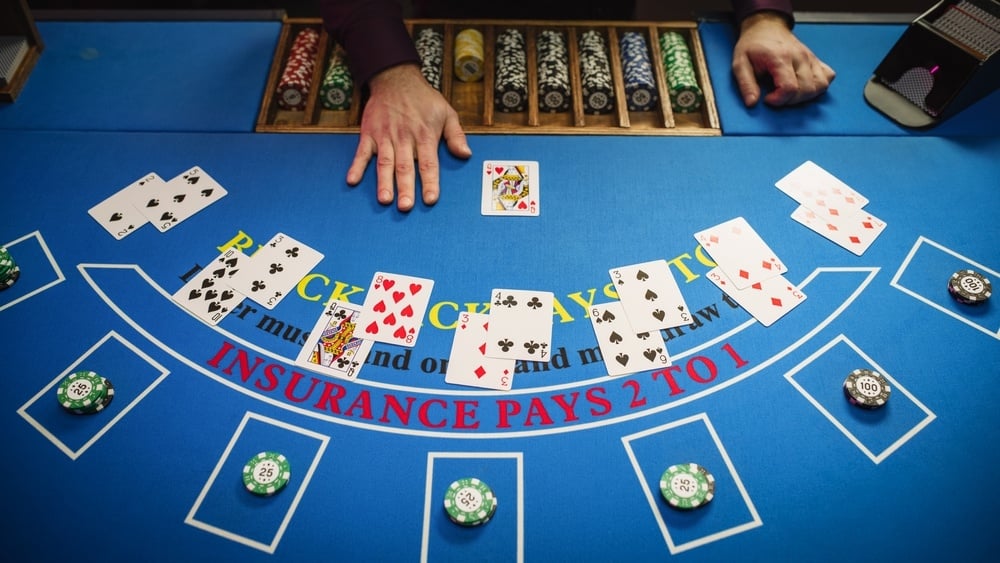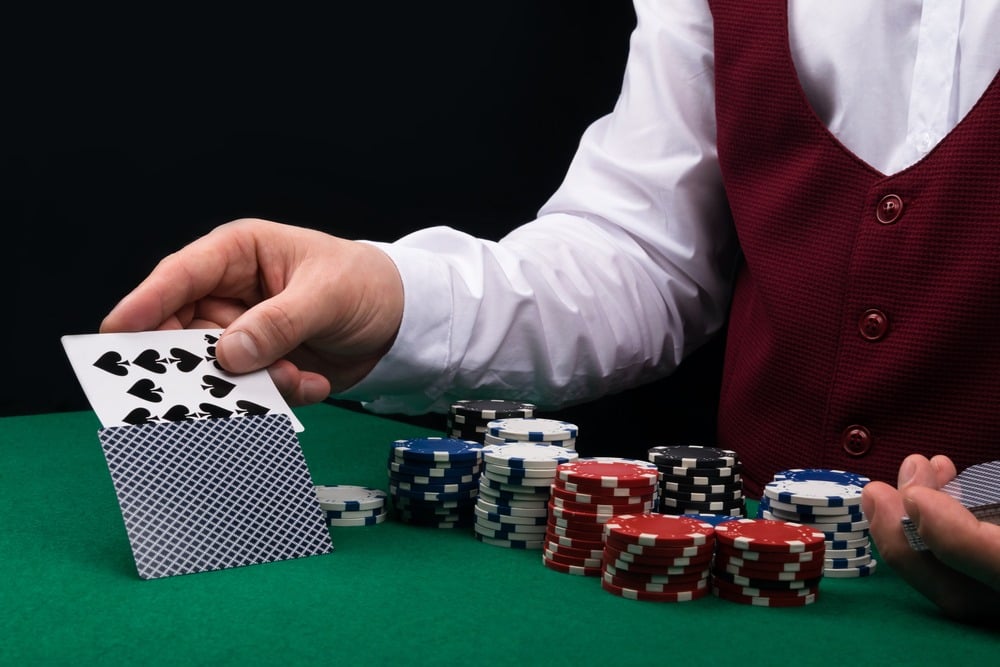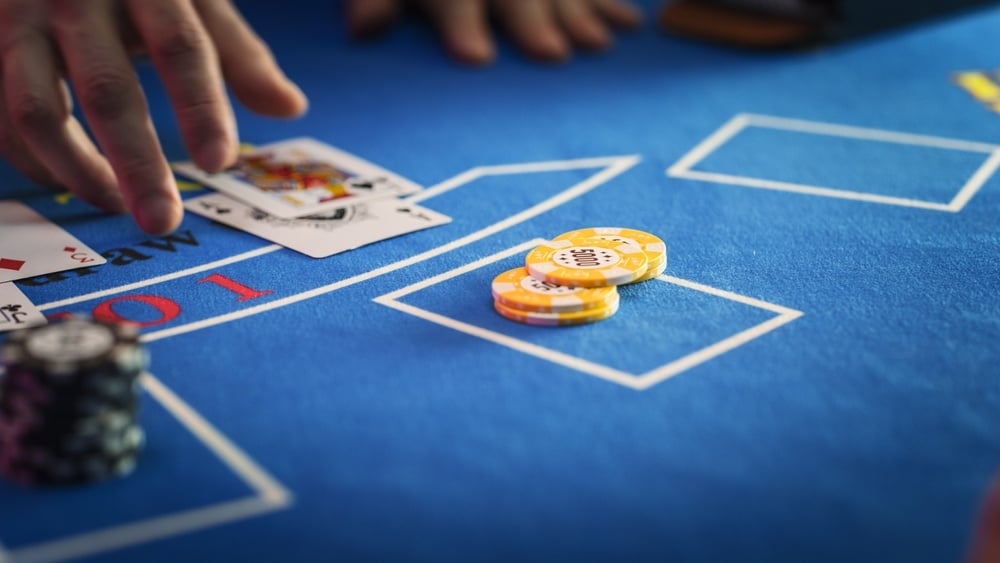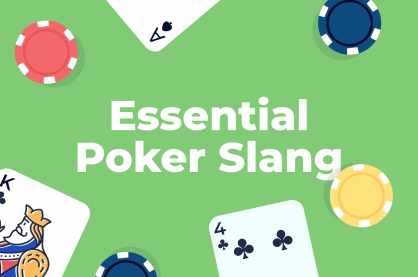Improve Your Blackjack Strategy: How to Count Cards Effectively
Counting Cards: What You Need to Know
- Develop a solid foundation in casino card counting to enhance your blackjack strategy by learning how to mentally track the ratio of high and low cards remaining in the deck.
- Explore various card counting systems, such as the popular Hi-Lo or the MIT methods, to determine which approach aligns best with your skill level and playing preferences.
- Hone your card counting proficiency through dedicated practice sessions that include drills and simulations using free online blackjack designed to simulate real blackjack scenarios.
- Implement effective card counting strategies during gameplay by maintaining focus, staying attentive to the cards being dealt, and making calculated decisions based on your counting system’s signals.
- Enhance your overall blackjack strategy by combining card counting with fundamental playing strategies, such as basic strategy charts.
A key to unlocking constant blackjack wins, a hockey system not worth trying, or just plain cheating? There is no doubt that card counting divides opinion, and there are a lot of myths around this technique. But exactly how do you count cards in blackjack?
On this page, we will break down those myths to bring you the truth about counting cards. Learn how to count cards and understand how this strategy can boost your blackjack gameplay.
How to Count Cards in Blackjack
Card counting in blackjack is a technique that can give the player an advantage by tracking high and low-value cards during a game. When you know how to count cards in blackjack, you essentially have a mental map of which cards have already been used and which remain. At its core, blackjack card counting gives players an extra advantage against the casino’s house edge.
Why Learn Card Counting?
Blackjack is a game of luck, even if it does have elements of skill. However, if you become good enough at counting cards, the game becomes beatable. Sounds great, but what’s the catch? Well, blackjack card counting is incredibly difficult and requires a lot of training and skill, and even then, you may not be able to do it.
Knowing how to count cards in blackjack allows you to control your betting based on which cards you perceive as remaining. It is a deceiving system because the logic of card counting is easy to understand, but doing it in practice is very difficult.
All card counting starts with assigning cards with a zero, positive, and negative value, all of which contribute to the Effect of Removal (EOR). As the name suggests, this provides an estimate of what impact removing a specific card will have on the house edge.
Legality of Card Counting
One of the most interesting things about card counting is that it is not illegal. In the US, no law says you cannot count cards when playing blackjack. Other countries view it similarly, making it technically “legal” around the world. It is interesting that counting cards is not cheating, as you are not unfairly influencing the outcome of the game.
Even so, you are not going to be greeted with open arms by land-based casinos if they know you are card counting. In fact, you are likely to be thrown out if the casinos suspect you are counting. You’re free to try, but most casinos frown upon it and will ban you if you are caught.

Image credit: Kitreel/Shutterstock
Basic Concepts of Card Counting
The fundamental knowledge you need to start card counting is understanding the card values in blackjack. If you are unfamiliar with blackjack, it is a casino card game where you play against the dealer. The objective is to get closer to 21 than the dealer without going over. You get two initial cards and can “Stand” with those two or “Hit” to receive more cards.
Each card in blackjack has a value that you add together to get a hand total. For numbers 2 through 10, the value is the number. Picture cards all have a value of 10, while the Ace counts either as 11 or 1:
| Card | Value |
| 2 | 2 |
| 3 | 3 |
| 4 | 4 |
| 5 | 5 |
| 6 | 6 |
| 7 | 7 |
| 8 | 8 |
| 9 | 9 |
| 10 | 10 |
| Jack | 10 |
| Queen | 10 |
| King | 10 |
| Ace | 1 or 11 |

Image credit: Netfalls Remy Musser/Shutterstock
Understanding the Deck
Most blackjack games use more than one deck, which is partially a response to card counting. If you do play a single-deck variant, counting cards is relatively easy as you only track 52 cards. In more common multi-deck games, you need to track more cards, which is why counting cards requires an excellent memory.
Each card in the deck is given a positive, negative, or zero value by the card counter. Which value is given depends on the card, so let’s expand on the table above to see the -/+ values for blackjack card counting:
| Card | Value | + or – value |
| 2 | 2 | +1 |
| 3 | 3 | +1 |
| 4 | 4 | +1 |
| 5 | 5 | +1 |
| 6 | 6 | +1 |
| 7 | 7 | 0 |
| 8 | 8 | 0 |
| 9 | 9 | 0 |
| 10 | 10 | -1 |
| Jack | 10 | -1 |
| Queen | 10 | -1 |
| King | 10 | -1 |
| Ace | 1 or 11 | -1 |
The Running Count Vs. The True Count
To track cards properly across multiple decks, counters use a running count and a true count. Both of these are important components when you learn how to count cards:
- Running Count: At the core of card counting is the running count, which is the total value of all cards that have been dealt. So, if a 2, 5, King, and 8 are dealt, the running total for the sequence would be +1 (+1, +1, 0, -1 = +1). This is known as the running count, and if it remains positive, it means there are more high cards left in the decks. If it is negative, there are fewer high-value cards.
- True Count: You can now find the true count by taking the running count and spreading it across all decks in the game. The running count only shows the one deck in play at that time, while the true count adjusts the number for all remaining decks. This is done by dividing the running count by the number of decks left.
Step-by-Step Guide to Counting Cards
Knowing how to count cards in blackjack adds an extra element of skill to help you control your betting during a game. Simple in concept but harder in practice, let’s apply what we know so far into a clear gameplay flow.
- Give each card a value. You can choose your own values, but we recommend beginners stick to the traditional card counting valuations (2-6 is +1, 6-9 is 0, 10-Ace is -1). The dealer will now deal cards, and your goal is to adjust your count on each card. There is a constant Effect of Removal (EOR) for each card dealt that dictates if you bet higher or lower.
- Maintain your running count and adjust it on each card dealt. If you learn your values well, you will only need to keep the total count in your mind and not memorize each card. A positive running count means you are gaining an advantage because more cards with a higher value remain. The negative count means you are losing your advantage.
- At intervals in the game, divide the running count by the number of decks to find the true count. Once you know the true count, you have a much better understanding of how well you are doing. If your advantage is significant, you can increase your bets. If you are losing your advantage, consider lowering bets or stopping play completely.

Image credit: Aleksey Kurguzov/Shutterstock
Tips for Beginner Card Counters
We bet you are surprised by how simple card counting actually is. Even so, it does require you to spend time properly understanding how it works. Below are some tips and resources to help you master counting cards in blackjack more quickly.
- Practice Makes Perfect: Nothing beats repetition, so the more you try card counting, the more efficient and accurate you will become. You can practice at home using your own decks of cards and simulating a game. You can also find online apps that offer automated simulations to learn card counting, while there are also books you can read to learn about different methods and techniques.
- Master Basic Strategy: Basic blackjack strategy charts show you whether to Hit, Stand, Split, or Double on specific hand totals. For example, should you Hit or Stand if you have a 6 + 8 in your hand? Basic strategy helps you make the best gameplay decisions and is something all players should know. Combining it with card counting makes for a potent combination of safe decision-making based on statistical knowledge.
- Learn It All: Before applying any card counting, you will need to study. Firstly, learn how to play blackjack and all card values and gameplay options. Next, make sure you properly understand what card counting is and how it works.
- Manage Your Bankroll: It is easy to sometimes get into a trap of feeling invincible when you are counting cards. While this method can give you a lot of insight and control, counting cards does not guarantee wins. Do not chase losses and manage your budget by only using money you can afford to lose.
- Online Card Counting: Thinking about bringing your newfound counting skills to online blackjack? That may not be possible because virtual blackjack games use random number generators, which means there are no set cards of decks – it’s all random. Live online casino games do use real cards/decks, but they are constantly being shuffled.
Advanced Card Counting Strategies
Once you know how to count cards and are confident, you may want to expand your repertoire into more advanced techniques:
Back Counting
Back counting is an alternative system where instead of counting all cards, you only focus on the cards dealt face-up. It is easier to learn, and you can apply it by following the steps below:
- Focus on face-up cards: Only track the cards that the casino deals face-up to you and the dealer.
- Track high and low cards: Track the face-up cards, keeping a simple count of the high-value (10, Jack, Queen, King, Ace) and low-value cards (2-9) that have been dealt.
- Adjust your bets: If more high cards have been dealt, lower your bets as your chances of a good hand are decreasing. If there are still more high cards left in the decks, consider increasing your wager as you have more chance of a good hand.
Modified Card Counting Strategies
Modified card counting strategies are different methods for card counting that focus on solving unique problems in the standard technique. For example, modifications could be adjusting card values or betting guidance. Let’s take a look at some examples of modified counting strategies:
- Simplified systems: This methodology focuses on reducing the number of cards you need to track, such as the Back Counting system above. The Ace/Five method is another example.
- Balanced systems: Balanced card counting attempts to reduce fluctuations in your bankroll. Instead of big bet value swings, you make more incremental bet adjustments. Try the Omega II method for a balanced counting system.
- Insurance-based systems: Some systems may introduce insurance bets into card counting strategies.
- Multi-deck systems: While standard card counting accounts for multiple decks, there are systems that put more focus on this challenge. The Knock-Out Count method is a notable example.

Image credit: Kitreel/Shutterstock
FAQs About Card Counting in Blackjack
- Does counting cards in blackjack work?
Yes, but only to an extent. If you master basic card counting, you definitely gain more knowledge about what cards are in play and can adjust your bets accordingly. However, you never control the next card dealt, so blackjack remains a game of luck, and you cannot directly influence the outcome of your hand.
- Is counting cards in blackjack illegal?
It is not a criminal offense to count cards, as all you are doing is keeping track of cards that have been dealt. In fact, it is not even cheating because you are not unfairly trying to trick the game to win. Even so, most casinos do not like card counting – they will dismiss you if you are caught and potentially ban you from returning.
- What is the formula for counting cards in blackjack?
In blackjack card counting, each card is given a positive, negative, or equal value and you tally up the value based on each card that has been dealt. You then divide the “running count” by the number of decks in play to find the true count. This allows you to assess your chances of winning and adjust your bets accordingly.


